
Ampoule of penicillin
1945

1945

1915
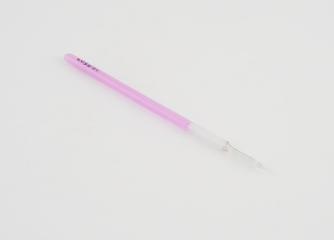
1901-1930
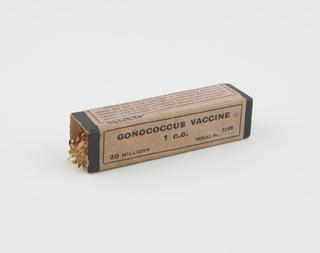

1880-1941
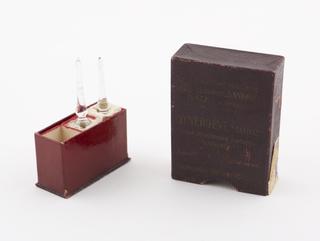
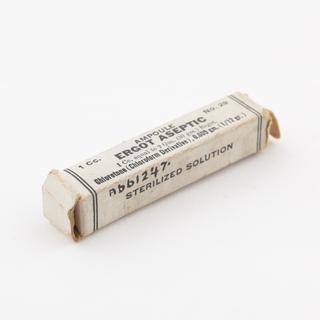
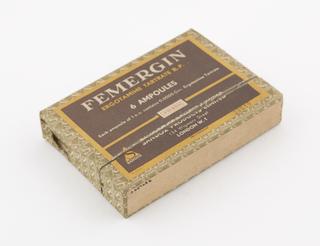
1950-1970
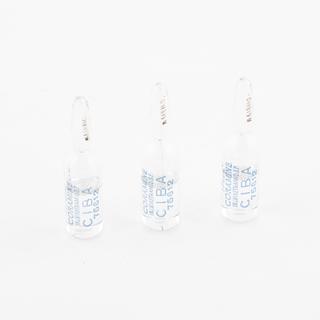
1960-1970

1915

1917

1900-1910
1920-1930
1916-1917
1950-1965
1912-1917
1912-1917
1912-1917
1912-1917
1912-1917
1912-1917
1900-1918
1950
1920-1940
1955-1973
1961-1970
1880-1920
1901-1925
1955-1970
1925-1950
1950-1970
1950-1965
1901-1930
1920-1960
1850-1950
1950-1960
1950-1965
1962-1965
1955-1970
1949